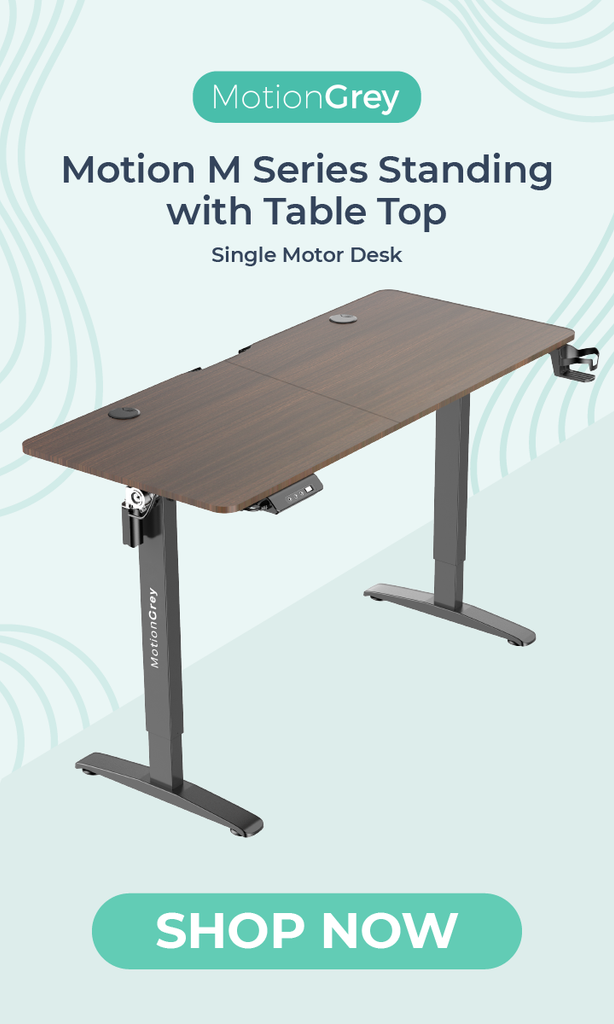How to Fix Turtle Neck Syndrome: Habits to Build and Habits to Break

In this digital age, our lives are increasingly dominated by screens, particularly smartphones and tablets, leading to a rise in what is commonly known as "turtle neck syndrome" or "text neck."
Turtle neck syndrome, also referred to as text neck, is a modern phenomenon caused by the overuse of smartphones and other handheld devices, leading to neck and upper back pain. The constant downward tilt of the head puts strain on the cervical spine and can result in various symptoms, including headaches, shoulder pain, and changes in the curvature of the spine.
This condition occurs when the neck is consistently bent forward, causing strain on the cervical spine. Fortunately, there are proactive steps one can take to fix turtle neck and prevent the discomfort associated with turtle neck syndrome. This article explores habits to build to fix turtle neck and habits to break to fix the condition for a healthier neck and posture.
However, before exploring the habits we need to build to fix turtle neck and the habits we must break to fix it, it's crucial to be aware of the common symptoms associated with turtle neck syndrome:
- Neck pain. Persistent or acute pain in the neck is a primary symptom of text neck. It can range from mild discomfort to sharp pain.
- Shoulder pain and tightness. The strain on the neck often extends to the shoulders, causing pain and tightness in the upper back and shoulder.
- region/Forward head posture. Text neck often results in a forward head posture, where the head is consistently tilted forward, causing misalignment in the spine.
- Upper back pain. Text neck can contribute to pain in the upper back, between the shoulder blades, as the muscles in this area are affected by the forward head posture.
- Chronic text neck may lead to tension headaches, often radiating from the base of the skull to the forehead.
- Reduced range of motion. Over time, text neck can impact the flexibility and range of motion in the neck, making it uncomfortable to turn or tilt your head.
- Numbness and tingling. Prolonged pressure on the nerves in the neck and shoulders can result in numbness and tingling sensations in the arms and hands.
- Changes in spinal curvature. Long-term text neck may contribute to changes in the natural curvature of the spine, potentially leading to more serious conditions.
- Muscle spasms. The muscles in the neck and upper back may go into spasms as a response to the constant strain, causing additional discomfort.

Habits to Build to Fix Turtle Neck Syndrome
Ergonomic Workstation Setup:
- Ensure your computer monitor is at eye level to promote a neutral neck position.
- Invest in an ergonomic chair that supports the natural curve of your spine.
- Keep your keyboard and mouse at a comfortable height to reduce strain on your shoulders and neck.
Regular Neck Exercises:
- Incorporate neck stretches and exercises into your daily routine to improve flexibility and strengthen neck muscles.
- Simple exercises like neck tilts, rotations, and side stretches can help alleviate tension and maintain a full range of motion.
Frequent Breaks and Posture Checks:
- Set reminders to take breaks during long periods of screen time.
- Use breaks to stretch and perform posture checks, ensuring your neck and shoulders are relaxed and in a natural position.
Mindful Smartphone Use:
- Hold your smartphone at eye level to reduce the angle at which your neck bends forward.
- Use voice commands or voice-to-text features to minimize the need for constant head tilting.
Strengthen Core Muscles:
- A strong core supports overall posture, reducing the strain on your neck and upper back.
- Include exercises like planks and bridges in your fitness routine to build core strength.
Habits to Break to Fix Turtle Neck Syndrome
Prolonged Screen Time:
- Limit the amount of time spent on electronic devices, especially in positions that strain the neck.
- Take breaks to rest your eyes and neck every 20-30 minutes during screen use.
Slouching:
- Avoid slouching while sitting or standing.
- Sit with your back straight and shoulders relaxed to maintain a healthy posture.
Carrying Heavy Bags on One Shoulder:
- Distribute the weight evenly when carrying bags to prevent one-sided strain on the neck and shoulders.
- Consider using a backpack or a bag with a crossbody strap for better weight distribution.
Sleeping Position:
- Avoid sleeping on your stomach, as it can strain the neck and spine.
- Opt for a supportive pillow that keeps your neck in a neutral position while sleeping on your back or side.
Ignoring Discomfort:
- Listen to your body and address discomfort or pain promptly.
- If you experience persistent neck pain, consult a healthcare professional for proper evaluation and guidance.

To summarize, turtle neck syndrome has become a widespread concern as individuals spend prolonged hours hunched over screens, leading to neck strain and discomfort. However, with intentional effort and the cultivation of healthy habits, this severe turtle neck syndrome can be effectively addressed.
Implementing ergonomic practices, such as maintaining proper screen height and adopting correct sitting postures, proves crucial in mitigating the impact of turtle neck syndrome.
Coupled with regular neck exercises to strengthen and stretch the muscles, as well as a conscious effort to break detrimental habits like extended screen time without breaks, individuals can actively manage and prevent the onset of turtle neck syndrome.
These proactive measures on how to fix turtle neck not only contribute to improved neck health but also foster overall well-being, underscoring the significance of embracing a holistic approach to combat the challenges posed by modern technological lifestyles.
Also, it's essential to recognize that even seemingly minor adjustments in daily habits can play a pivotal role in the prevention of turtle neck syndrome.
Encouraging individuals to be mindful of their posture, take breaks from screen use, and incorporate neck-friendly exercises into their routine can collectively contribute to a significant improvement in their neck health.
Remember, small changes in daily habits to fix turtle neck can make a significant difference in combating turtle neck syndrome and promoting a healthier, more comfortable lifestyle.
About Us
MotionGrey is a Canadian standing desk company that specializes in ergonomic furniture. We supply and install only the best quality standing desks and ergonomic chairs in the country. We offer free shipping within Canada and the US.
What made you switch to standing desks? Our products are designed with wellness as the focal point. From our electric standing desks to our office and gaming chairs, we deliver best value by putting your health, safety, and comfort as top priority. Boost your creativity and level up work performance. We want you to create great outcomes so we’re providing you only the best tools to make them possible.
If you are not satisfied with your purchase, check out our Refund Policy.





